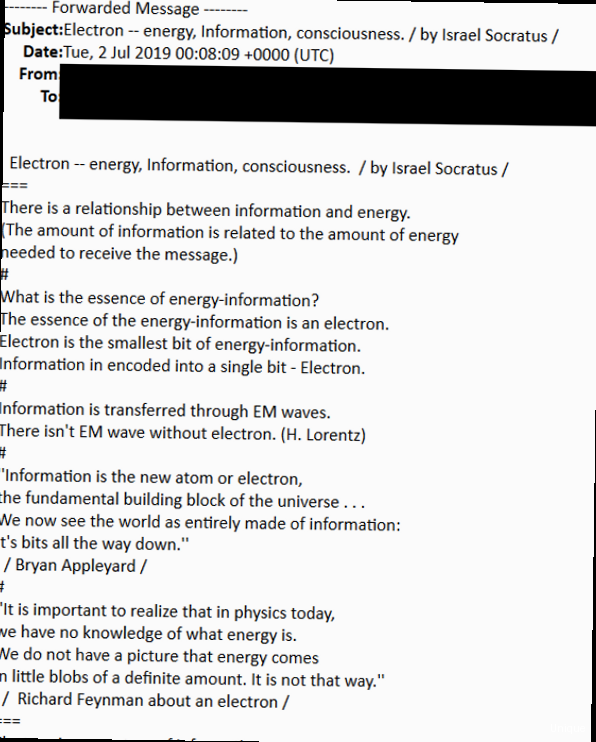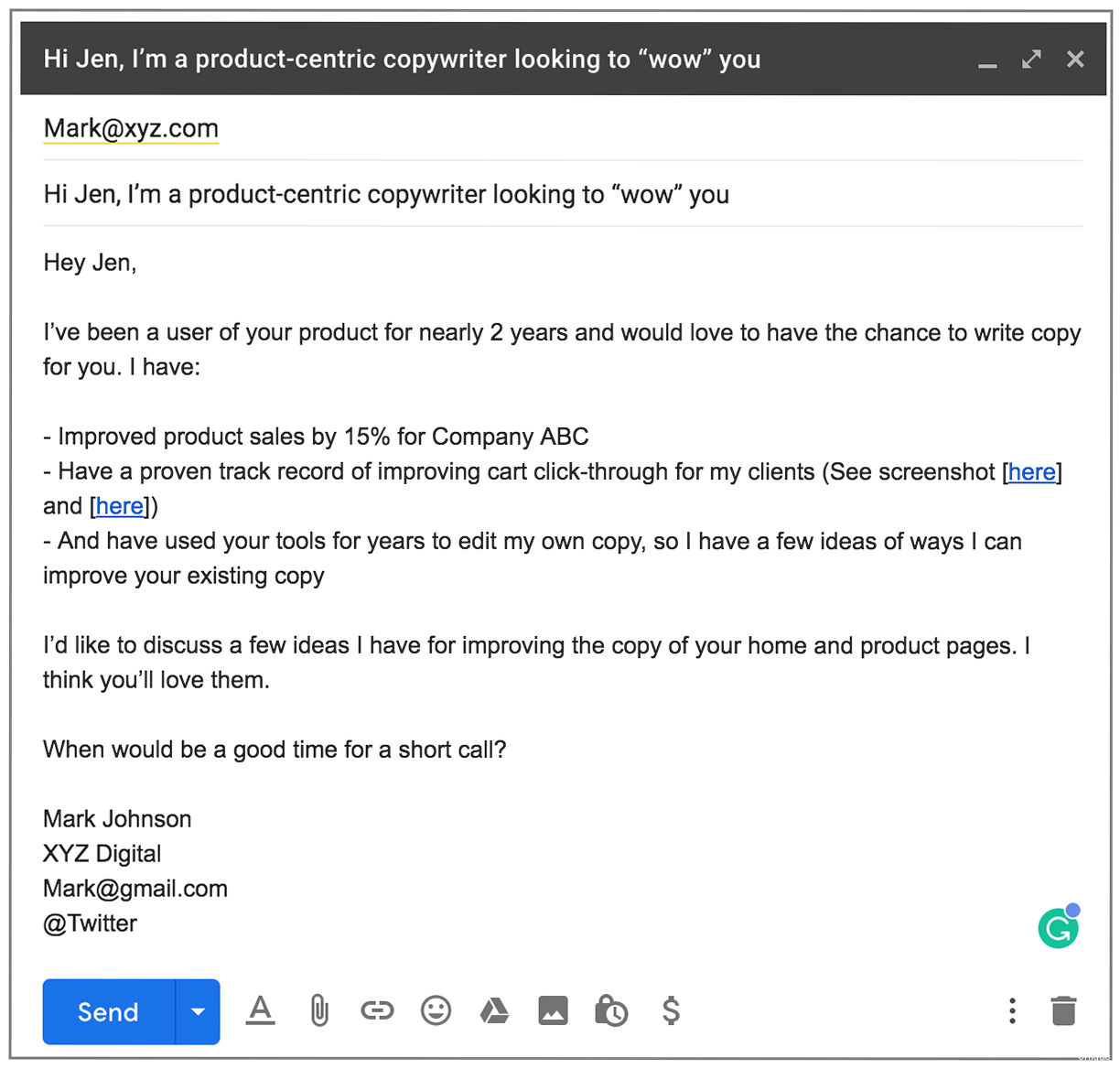How to Personalize Cold Emails for Maximum Impact
Cold emailing can be a powerful tool for lead generation and business growth, but generic, impersonal emails are almost guaranteed to be ignored. This article focuses on advanced personalization techniques that go beyond simply inserting a name or company. We’ll explore how to research your prospects, identify their specific pain points, and craft tailored messages that resonate with their individual needs and goals, significantly increasing your response rates and building valuable connections.
Deep Dive Prospect Research and Effective Segmentation

Advanced Prospect Research Techniques
Beyond a quick glance at a company’s website, you need to dig deeper to uncover the nuances that will make your emails stand out. Here are some advanced techniques:- LinkedIn Deep Dive: Don’t just look at their job title and current role. Review their past experience, skills, endorsements, and, most importantly, their activity. What articles have they shared or commented on? What groups are they a member of? This provides invaluable insights into their interests and priorities.
- Company News & Press Releases: Stay up-to-date on the latest news from the company. Have they recently launched a new product, secured funding, or announced a strategic partnership? These events often create opportunities to offer relevant solutions.
- Industry Reports & Publications: Identify industry-specific challenges and trends that are affecting your prospects. Demonstrate your understanding of their market and how your product or service can help them stay ahead.
- Competitor Analysis: Understanding your prospect’s competitors can reveal pain points and unmet needs. For example, if a competitor is known for poor customer service, you can highlight your superior support.
Subject: Marketing Automation Strategies for [Prospect Company]
Hi [Prospect Name],
I've noticed you've been actively sharing articles on marketing automation strategies on LinkedIn. I was particularly interested in your thoughts on [Specific article they shared].
At [Your Company], we help marketing teams like yours automate [Specific tasks] and improve lead generation by [quantifiable metric, e.g., 20%].
Would you be open to a brief conversation to discuss how we can help [Prospect Company] achieve similar results?
Best regards,
[Your Name]
Subject: Optimizing Performance for the New [Prospect Company] App
Hi [Prospect Name],
Congratulations on the launch of the new [Prospect Company] app!
At [Your Company], we specialize in providing in-depth app analytics to help companies like yours optimize user engagement and drive growth. We can help you track key metrics such as [Specific metrics relevant to app performance] and identify areas for improvement.
Would you be interested in a quick demo to see how our analytics platform can help you maximize the success of your new app?
Best regards,
[Your Name]
Effective Segmentation Strategies
Segmentation allows you to group your prospects based on shared characteristics, enabling you to create more targeted and relevant messaging. Here are some key segmentation criteria:- Industry: Tailor your messaging to address specific industry challenges and trends.
- Company Size: Smaller companies often have different priorities and budgets than larger enterprises.
- Job Title/Role: Speak to the specific responsibilities and pain points of each role.
- Technology Stack: If you integrate with specific technologies, target prospects who are already using those tools.
- Geography: Consider regional differences in language, culture, and business practices.
Subject: Strengthening HIPAA Compliance at [Prospect Company]
Hi [Prospect Name],
I understand that maintaining HIPAA compliance is a top priority for healthcare providers like [Prospect Company].
At [Your Company], we offer cybersecurity solutions specifically designed to help healthcare organizations protect sensitive patient data and meet regulatory requirements.
We can help you [Specific benefits related to HIPAA compliance, e.g., encrypt patient data, prevent data breaches, and conduct regular security audits].
Would you be interested in learning more about how we can help you strengthen your HIPAA compliance posture?
Best regards,
[Your Name]
Subject: Streamlining Project Management for Growing Businesses
Hi [Prospect Name],
As a growing business, I understand you're likely looking for ways to streamline your project management processes and improve team collaboration.
At [Your Company], we offer a project management tool that's designed to be both affordable and easy to use, perfect for small businesses like [Prospect Company].
We can help you [Specific benefits relevant to small businesses, e.g., organize tasks, track progress, and collaborate effectively with your team].
Would you be interested in a free trial to see how our tool can help you improve your project management efficiency?
Best regards,
[Your Name]
Crafting Personalized Email Copy That Converts

Personalizing the Subject Line
The subject line is the first (and sometimes only) impression you make. It needs to be compelling enough to entice the recipient to open your email. Avoid generic phrases and incorporate personalization elements whenever possible.- Mention a Shared Connection: “Referred by [Mutual Connection]”
- Reference a Recent Event: “Following Up on [Conference/Webinar]”
- Highlight a Specific Pain Point: “Addressing [Prospect Company]’s [Specific Challenge]”
- Ask a Question Related to Their Role: “Are you struggling with [Specific Problem] at [Prospect Company]?”
Subject: Message from [Your Name] - Recommended by [Mutual Connection]Subject: Following Up on [Conference Name] - [Topic Discussed]Personalizing the Body of the Email
The body of your email is where you showcase your research and demonstrate that you understand your prospect’s needs.- Reference Specific Content They’ve Created: “I enjoyed your recent article on [Topic]…”
- Mention a Specific Achievement of Their Company: “Congratulations on the recent launch of [New Product]…”
- Address a Specific Pain Point They’re Likely Facing: “I understand that [Industry] companies often struggle with [Challenge]…”
- Offer a Personalized Solution Based on Their Needs: “Based on my understanding of [Prospect Company]’s goals, I believe [Your Solution] can help you…”
Hi [Prospect Name],
I recently read your article on the [Prospect Company] blog about [Article Topic] and found it particularly insightful. I especially appreciated your point about [Specific point from the article].
At [Your Company], we help companies like [Prospect Company] address [Related Challenge] by [Your Solution].
Would you be open to a brief conversation to discuss how we can help you achieve [Specific Goal]?
Best regards,
[Your Name]
Hi [Prospect Name],
I understand that customer churn can be a significant challenge for companies in the [Industry] sector.
At [Your Company], we specialize in helping businesses reduce churn and improve customer retention by [Your Solution]. We've helped companies like [Similar Company] reduce churn by [Quantifiable Result].
Would you be interested in learning more about how we can help [Prospect Company] improve its customer retention rate?
Best regards,
[Your Name]
Call to Action: Make it Clear and Concise
Your call to action (CTA) should be clear, concise, and easy to understand. Tell the recipient exactly what you want them to do.- Schedule a Call: “Would you be open to a brief call next week to discuss…”
- Request a Demo: “Would you be interested in a quick demo to see…”
- Download a Resource: “I’ve attached a resource that you might find helpful…”
- Visit a Landing Page: “You can learn more about our solution on our website…”
Leveraging Personalization Tools and Technology
While research and copywriting are crucial, the right tools and technology can significantly streamline the personalization process and enhance your cold email campaigns. This section explores various tools and technologies that empower you to personalize at scale without sacrificing authenticity.CRM Integration for Enhanced Personalization
Your CRM (Customer Relationship Management) system is a goldmine of prospect data. Integrating your email marketing platform with your CRM allows you to leverage this data to personalize your emails automatically.- Merge Tags: Use merge tags to automatically insert information like name, company, job title, and other relevant data into your emails.
- Dynamic Content: Display different content based on specific criteria, such as industry, company size, or location.
- Segmentation Based on CRM Data: Create targeted email lists based on the data stored in your CRM.
Hi {{ contact.firstname }},
I hope this email finds you well.
I noticed that you're the {{ contact.jobtitle }} at {{ contact.company }}.
...
<!--[if industry='healthcare']-->
<p>We understand the importance of HIPAA compliance for healthcare organizations.</p>
<!--[endif]-->
<!--[if industry='finance']-->
<p>We understand the importance of PCI DSS compliance for financial institutions.</p>
<!--[endif]-->
AI-Powered Personalization Tools
Artificial intelligence (AI) is revolutionizing personalization by automating tasks like prospect research and content generation.- AI-Powered Research Tools: Use AI tools to quickly gather information about your prospects and their companies.
- AI-Driven Content Generation: Generate personalized email copy based on your research and segmentation criteria.
- Predictive Analytics: Use AI to predict which prospects are most likely to convert and tailor your messaging accordingly.
Personalized Landing Pages
Extend the personalization beyond your emails by creating personalized landing pages that match the content of your emails.- Dynamic Content on Landing Pages: Display different content on your landing page based on the recipient’s profile or the link they clicked in your email.
- Personalized Forms: Pre-populate forms with information you already have about the prospect to make it easier for them to convert.
- Targeted Offers: Present offers that are relevant to the prospect’s specific needs and interests.
Tracking, Measuring, and Optimizing Personalization Efforts
Personalization is not a “set it and forget it” strategy. To maximize its effectiveness, you need to track your results, measure the impact of your personalization efforts, and continuously optimize your approach. This section will guide you through the process of tracking, measuring, and optimizing your personalized cold email campaigns.Key Metrics to Track
Monitoring key metrics is essential for understanding the performance of your personalized cold email campaigns.- Open Rate: The percentage of recipients who opened your email. A higher open rate indicates that your subject line is compelling and your email is reaching the right audience.
- Click-Through Rate (CTR): The percentage of recipients who clicked on a link in your email. A higher CTR indicates that your email content is engaging and relevant.
- Response Rate: The percentage of recipients who replied to your email. This is a crucial metric for measuring the overall success of your campaign.
- Conversion Rate: The percentage of recipients who took the desired action, such as scheduling a call or requesting a demo. This metric measures the effectiveness of your email in driving business outcomes.
- Bounce Rate: The percentage of emails that could not be delivered. A high bounce rate can indicate outdated or incorrect email addresses.
| Subject Line | Open Rate |
|---|---|
| Message from [Your Name] – Recommended by [Mutual Connection] | 45% |
| Addressing [Prospect Company]’s [Specific Challenge] | 30% |
A/B Testing Personalization Elements
A/B testing allows you to compare different versions of your emails to see which ones perform better. Test different personalization elements to identify what resonates most with your audience.- Personalized vs. Generic Subject Lines: Compare a subject line that includes the prospect’s name to a generic subject line.
- Different Personalization Elements in the Body: Test different ways of personalizing the body of your email, such as referencing a specific article they’ve written or mentioning a recent company achievement.
- Different Calls to Action: Experiment with different CTAs to see which ones drive the most conversions.
CTA 1: Would you be open to a brief call next week to discuss...?
CTA 2: Would you be interested in a quick demo to see...?
Analyzing Segmentation Performance
Assess the performance of your different segments to identify which ones are most responsive to your personalization efforts.- Compare Response Rates by Industry: See which industries are most likely to respond to your emails.
- Analyze Conversion Rates by Company Size: Determine whether your solution is more appealing to small businesses or large enterprises.
- Evaluate Performance by Job Title: Identify which job titles are most likely to convert.
